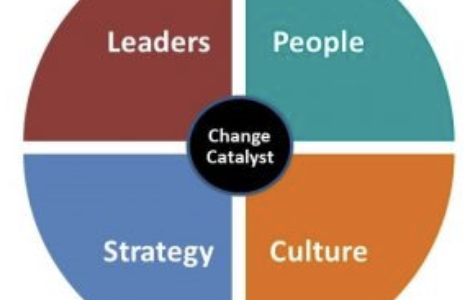from Lead Like a Guide, Christophe I. Maxwell, 2016
Experienced mountain guides demonstrate 6 leadership strengths :
First we rapidly establish positive interactions with people, which draws on emotional and social intelligence. Second, we accurately sense conditions that call for a change in leadership style, and make the change smoothly. Third, we empower our team members by identifying and building on their strengths, we provide supportive space for growth and development. Fourth, we create an environment of trust, imparting confidence in our own skills as a guide while also helping out team members learn to trust themselves and their teammates. Fifth, we attend to the welfare of our team as weather or mountain conditions change, accurately assessing and managing risk in an environment of uncertainty. Finally, rather than holding a singular focus on the summit, we retain the ability to see the big picture throughout the adventure.
- Successful leaders are socially perceptive. We are able to rapidly establish positive relationships by becoming aware of other people’s motives, feelings, capabilities and actions. This awareness is achieved by listening and speaking truthfully. In doing so, foster positive feelings in the people whose cooperation and support we need.
- Leaders employ a number of different leadership styles. We switch to a more directive style when conditions call for it. Adapting to new situations is critical. We take charge in a firm manner to inspire confidence. We organize the group in accordance with their aptitudes and set a steady and regular pace.
- Empowering leaders delegate authority. We involve others in making decisions, engage in consultative behaviors and use other’s ideas and suggestions, keeping them informed and showing concern for our entire team. Empowering is about removing barriers.
- Trust is measured on past experiences of making good decisions, at any given point in time. It is a process of regularly observing, asking the right questions, and having a good communication. The basis of trust is character (moral qualities) and integrity.
Focus is crucial : only say « go » when you are fully ready and committed !
- Risk management is about assessing potential problems, making a conscious decision to live with and deciding what actions to take to minimize unacceptable risks. It is about taking a step back and finding a way to move to the next piece of ground where we are confortable.
Guides assess risks and uncertainty posed by the weather, the route, the conditions of the mountain and the skills and condition of each team member in a way that provides as much safety while operating in an environment of constant threat and change.
- A good leader needs both to learn to motivate a group to persevere and to know when to help a group to move in a different direction. Guides look at the bigger picture. We look for interrelations and take a systemic view, looking for underlying causes. We look far enough into the future and work back to the present to determine unique ways to reach our goals.
Climbing alpine style means moving fast and light, with only what we really need.










